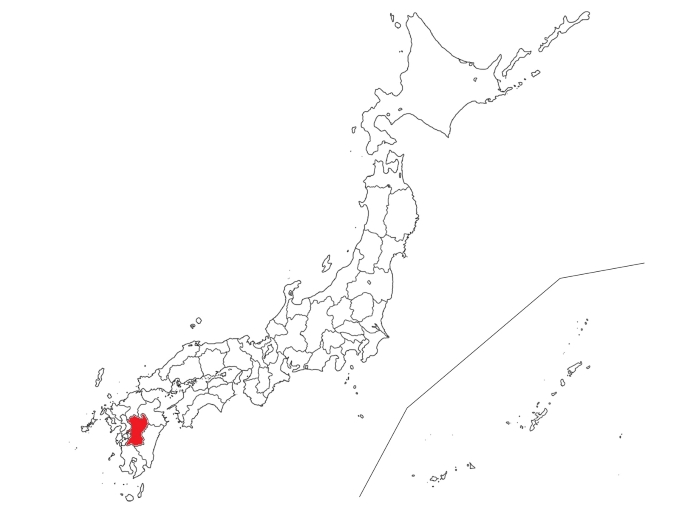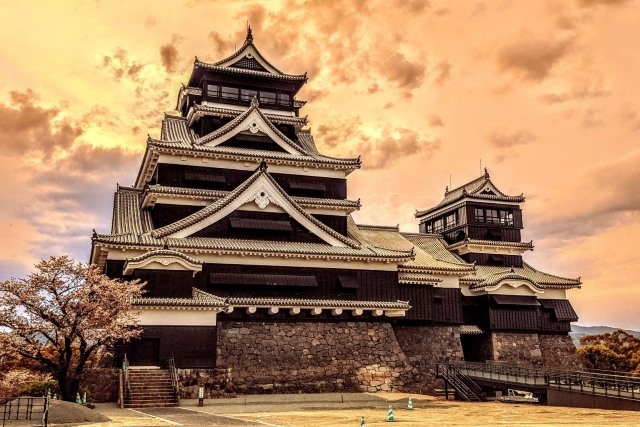Contents
1.Basic Information
Kumamoto Prefecture is blessed with attractive tourist spots such as Kumamoto Castle and Suizenji Jojuen Garden, which are of high historical value, the popular Kurokawa Onsen in a new style, and the Sakitsu Village, which has been registered as a World Heritage Site.
Kumamoto Castle (Kumamotojyo)
Kumamoto Castle is one of the most famous castles in Japan, comparable to Nagoya Castle and Osaka Castle. Built by Katō Kiyomasa, the feudal lord of Higo (now Kumamoto Prefecture), it was completed in 1607. Known for its extensive grounds (about 98 hectares in total) and unique castle-building techniques that utilize stone walls and natural terrain. During the Satsuma Rebellion in 1877, Kumamoto Castle experienced a siege lasting about 50 days. This battle demonstrated the castle’s impregnability. However, it was later damaged by fire. The current castle tower was rebuilt in 1960. Additionally, the castle suffered damage in the 2016 Kumamoto earthquake, and restoration work is currently underway.
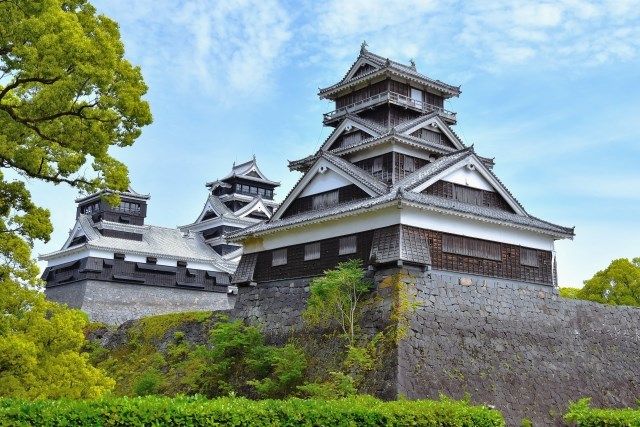
Kato Shrine (Katojinjya)
This shrine, dedicated to Katō Kiyomasa, is located just a few minutes’ walk from Kumamoto Castle. The shrine primarily venerates Kiyomasa, a famous warlord of the Warring States period. From within the shrine grounds, visitors can get a close view of Kumamoto Castle, and stones carved with Kannon discovered in the collapsed stone walls are also on display.
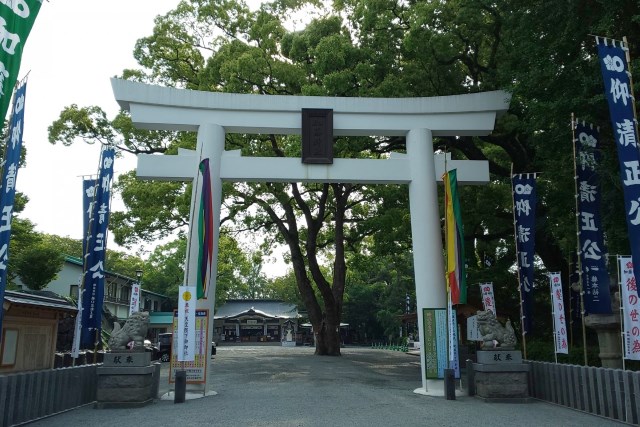
Suizenji Jojuen Garden (Suizenjijyoujuen)
The garden’s history begins in 1632 with a teahouse built by Hosokawa Tadatoshi, the first lord of the Higo Hosokawa clan. The garden was completed during the time of the third lord, Hosokawa Tsunanori. Inside the garden is the Izumi Shrine, dedicated to the successive lords of the Higo Hosokawa family, and a Noh stage transferred from the Kyoto Imperial Palace in 1912. From late March to early April, cherry blossoms bloom along the garden’s walking paths, attracting many viewers.
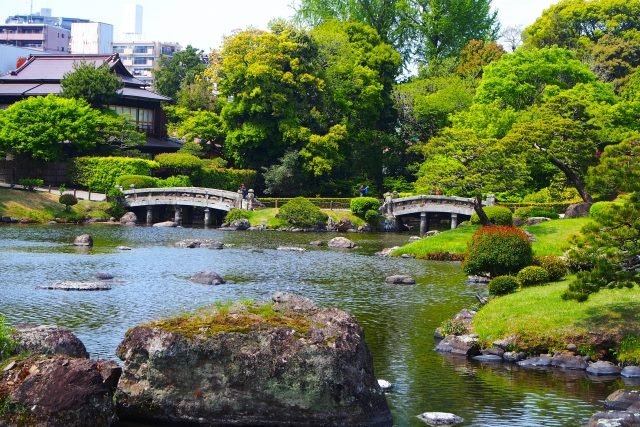
Kurokawa Onsen
Kurokawa Onsen, a nationally popular hot spring area, has about 30 inns, with the entire area functioning as one large ryokan (Japanese inn). Each inn serves as a separate room, and the paths connecting them are considered corridors. This approach to hospitality is a unique feature. Each inn has its own source spring, offering different water qualities. Onsen sommeliers are available to advise on the best bathing methods for the skin.
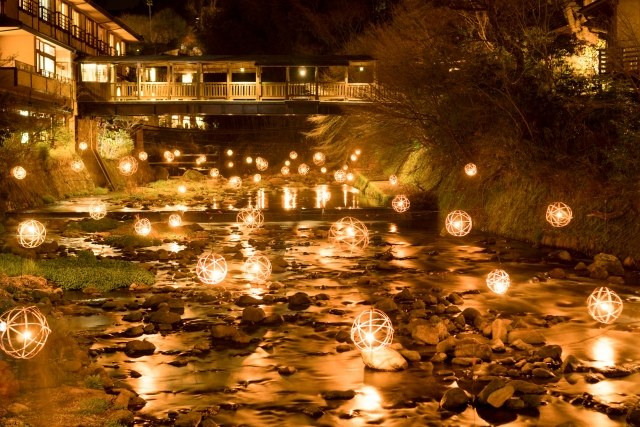
Sakitsu Church (Sakitukyoukai)
Registered as a World Heritage Site in 2018, Sakitsu Village is a fishing village where Buddhism, Shintoism, and Christianity coexisted during the period when Christianity was banned in Japan. Christian missionary activities began in 1569 by Jesuit priest Almeida, converting many villagers. The village contains a shrine where Hidden Christians prayed, a Gothic-style church, and a sea-facing statue of Mary. Sakitsu Church, the central religious facility of the village, completed in 1888 under the Sakitsu Suwa Shrine, features a solemn Gothic style and interiors illuminated by vivid stained glass.
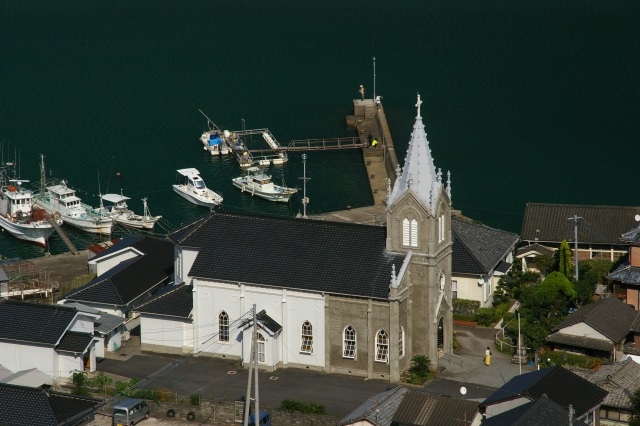
Amakusa Five Bridges (Amakusagokyou)
The 12km long bridge connecting the Kyushu mainland and the Amakusa Islands consists of five bridges, collectively known as “Amakusa Pearl Line”. This popular drive course features bridges each with a unique design and structure by different architects, making it a popular spot for photography and enjoyment.
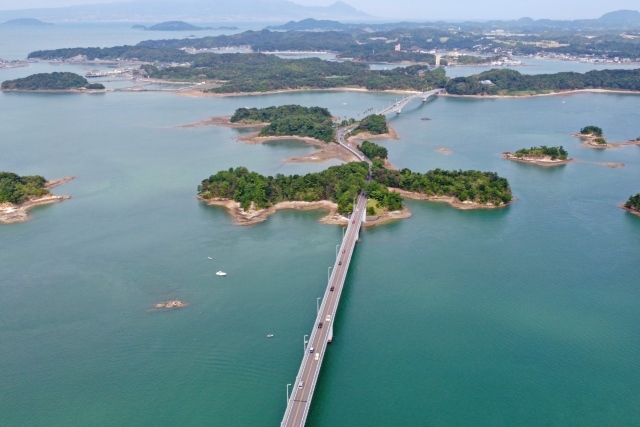
2.Reviews
Kikuchi Gorge (Kikuchikeikoku)
Kikuchi Gorge, with its various rapids and pools formed by subterranean water from the Aso outer rim mountains, offers a landscape full of change. The average summer water temperature is a cool 13 degrees Celsius, earning it the nickname “natural air conditioner” and making it a popular retreat. In spring, the fresh greenery is beautiful, in autumn the mountains are colored with foliage, and in winter, the hills are covered with frost flowers.
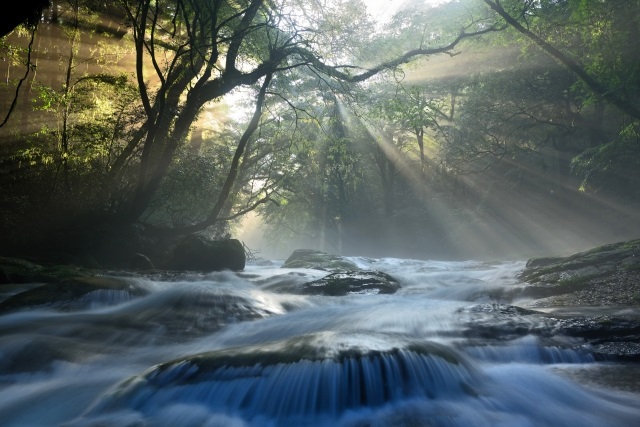
3.Local Food



4.Transportation Information
■ How to get to Kumamoto Prefecture
Kyushu Tourism Organization Official Site (available in English, Korean, Simplified Chinese, Traditional Chinese, Thai)
https://www.welcomekyushu.jp/pref/?mode=kumamoto
5.Map Information
